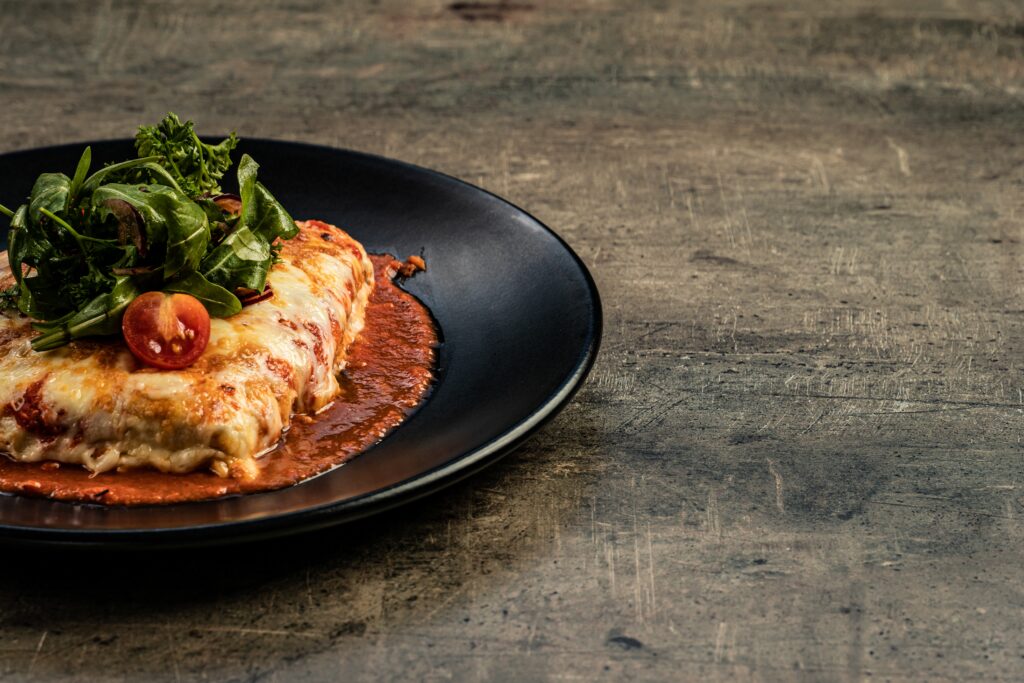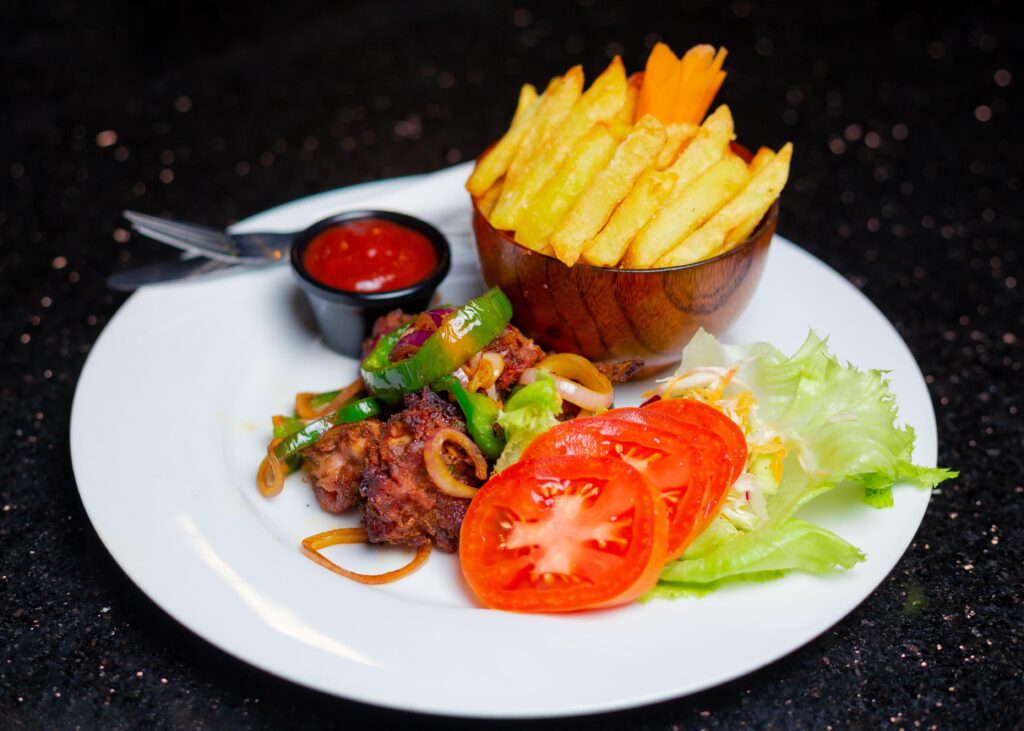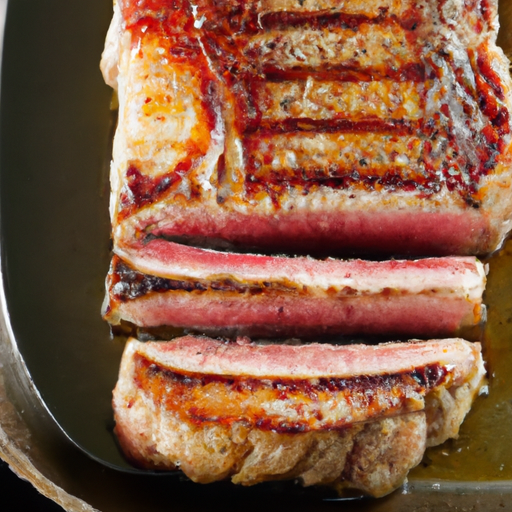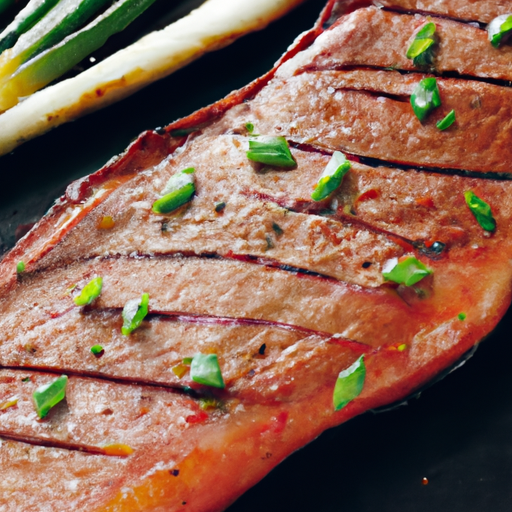Are you a meat lover who craves that perfect caramelized crust every time you cook a steak? If so, mastering the art of searing is essential. Sear, the process of browning the surface of meat at a high temperature, not only adds flavor and texture but also seals in the juices. Whether you prefer a cast-iron skillet, a grill, or a blowtorch, this article explores various techniques to help you achieve that coveted caramelized crust that will elevate your meat dishes to a whole new level. Get ready to unlock the secrets of searing and satisfy your taste buds like never before.

Choosing the Right Cut of Meat
When it comes to searing meat, the first step is selecting the right cut. The thickness of the meat is an important factor to consider. Thicker cuts, such as ribeye or filet mignon, are ideal for searing because they can develop a beautiful crust on the outside while staying tender and juicy on the inside. Thinner cuts, like flank steak or chicken breasts, can also be seared but may require slightly shorter cooking times.
Another key aspect to keep in mind is marbling. Marbling refers to the intramuscular fat found within the meat. Cuts with good marbling, like a well-marbled ribeye or a New York strip steak, will not only be more flavorful but also stay moist during the searing process. The fat melts as it cooks, enhancing the taste and juiciness of the meat.
Additionally, consider opting for steaks with fat caps. A fat cap is a layer of fat that runs along one side of the steak. While some people may trim off this fat, it actually plays a crucial role in searing. The fat renders as it cooks, basting the meat and adding extra richness and flavor. So, choosing cuts with a fat cap can elevate your searing experience.
Preparing the Meat
Before the searing process, it’s important to properly prepare the meat. Bringing the meat to room temperature is essential for even cooking. Allowing the meat to sit at room temperature for about 30 minutes before searing ensures that it cooks evenly, preventing the exterior from becoming overcooked while the interior remains undercooked.
Once the meat reaches room temperature, removing excess moisture is crucial. Patting the meat dry with paper towels helps remove any excess moisture on the surface. This step is important because excess moisture can hinder the development of a caramelized crust. Dry meat ensures that the searing process will be more effective and result in a beautifully caramelized exterior.
Lastly, seasoning the meat is important to enhance the flavors. Sprinkle both sides of the steak with salt and pepper or any other desired seasonings. Allow the seasoned meat to sit for a few minutes before searing to let the flavors penetrate the meat.
Selecting the Right Pan
Next, choosing the right pan for searing is equally important. A heavy-bottomed pan is preferred as it conducts and distributes heat more evenly. This allows for a better sear and prevents hot spots that could lead to uneven cooking.
A cast iron skillet is often regarded as the best option for searing meat. Cast iron retains heat well and provides excellent heat distribution, resulting in a more consistent sear. It also develops a natural non-stick surface over time, making it easier to flip and release the meat.
If you prefer a non-stick option, choose a pan with a high-quality non-stick coating. However, keep in mind that non-stick pans may not produce as deep of a crust as cast iron.
Preheating the Pan
One of the key elements in achieving a perfect sear is preheating the pan properly. Preheating on medium-high heat allows the pan to reach the desired temperature for searing. It’s important to avoid overheating the pan, as this can cause the oil or fat to burn and lead to a bitter taste.
To test the temperature of the pan, you can sprinkle a few drops of water onto the heated surface. If the water droplets sizzle and evaporate almost immediately, the pan is ready for searing. If the water droplets just sit on the surface or quickly evaporate, the pan may be too hot or not hot enough, respectively. Adjust the heat accordingly.

Adding the Cooking Oil
Choosing the right cooking oil is essential for a successful sear. Use an oil with a high smoke point, such as canola, vegetable, or peanut oil. These oils can withstand high heat without smoking or breaking down, ensuring that your sear is not compromised by burnt or rancid oil flavors.
Coating the bottom of the pan with oil is important to prevent the meat from sticking and facilitate a smooth release. A thin layer of oil is sufficient to achieve this. Alternatively, you can also use clarified butter, which adds a delightful nutty flavor to the seared crust.
Searing Process
Now that the pan is preheated and the oil is added, it’s time to sear the meat. Place the meat in the hot pan, ensuring that it makes contact with the surface. Allow the meat to sit undisturbed for a few minutes to allow the Maillard reaction to occur. This reaction, which involves the browning of proteins and sugars, creates a complex and savory flavor profile.
Avoid overcrowding the pan, as this can cause the meat to steam rather than sear. If necessary, sear the meat in batches to ensure proper browning and crust formation.
Allow the meat to develop a crust before flipping. The crust should be golden or brown in color and have a slightly crispy texture. The exact timing can vary depending on the thickness of the meat and desired doneness. A general guideline is to sear each side for about 2-4 minutes, but it’s best to rely on visual cues and personal preference.

Flipping and Resting
Once the meat has developed a caramelized crust on one side, it’s time to flip it over. Use tongs or a spatula to gently lift and turn the meat. Avoid using a fork, as it can puncture the meat and cause juices to escape, resulting in a drier finished product.
After the meat is seared on both sides, it’s crucial to let it rest before serving. Resting allows the juices to redistribute, ensuring a more flavorful and tender outcome. Transfer the meat to a cutting board and loosely cover it with foil. Let it rest for about 5-10 minutes, depending on the size of the cut, before slicing or serving.
Searing Times for Different Meats
The searing times can vary depending on the type and thickness of the meat. Here are some general guidelines for different cuts:
- Beef Steaks and Chops: For medium-rare, sear each side for approximately 2-4 minutes. Adjust the time based on desired doneness.
- Pork Chops and Tenderloin: Sear each side for about 3-5 minutes. Pork should be cooked to an internal temperature of 145°F (63°C).
- Chicken Breast and Thighs: Sear each side for approximately 4-6 minutes. Chicken should be cooked to an internal temperature of 165°F (74°C).
It’s important to note that these are just suggested times and temperatures. Always use a meat thermometer to ensure that the desired doneness and safety guidelines are met.

Experimenting with Seasonings and Marinades
Searing is a great opportunity to explore different flavors and enhance the taste of your meat. Dry rubs can add extra flavor and texture to the crust. Simply combine various herbs, spices, and seasonings and generously rub them onto the meat before searing.
Marinades not only infuse flavors but can also tenderize the meat. Acid-based marinades, like citrus or vinegar-based ones, can help break down tough proteins, resulting in a more tender finished product. Allow the meat to marinate for at least 30 minutes or up to overnight in the refrigerator before searing.
Don’t be afraid to experiment with different combinations of herbs and spices. Mix and match your favorite flavors to create a unique and delicious crust that suits your taste buds.
Conclusion
Searing meat to achieve that perfect caramelized crust is a skill that can be perfected with practice and experience. By carefully choosing the right cut, preparing the meat properly, selecting the right pan, preheating correctly, adding the right cooking oil, executing the searing process effectively, and experimenting with seasonings and marinades, you can elevate your searing skills and create a delicious, flavorful dish.
Remember, personal preferences also play a role in achieving your desired crust. Some may prefer a lighter crust, while others enjoy a deeper caramelization. The key is to experiment and adjust accordingly to find your perfect crust.
So, get in the kitchen, start searing, and enjoy the process of creating mouthwatering dishes that are sure to impress. With the right techniques and a little creativity, you’ll be able to master the art of searing and savor the rewards of a beautifully caramelized crust.





